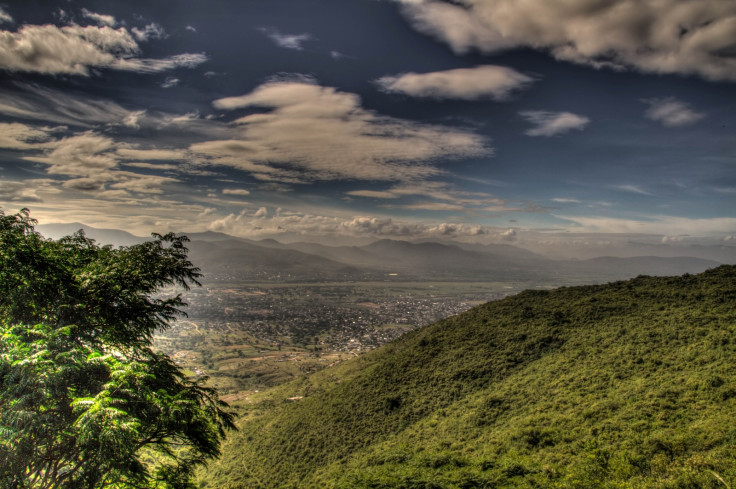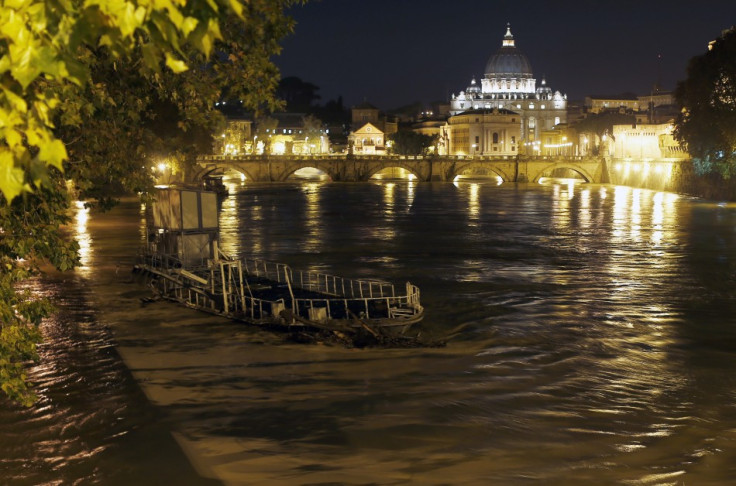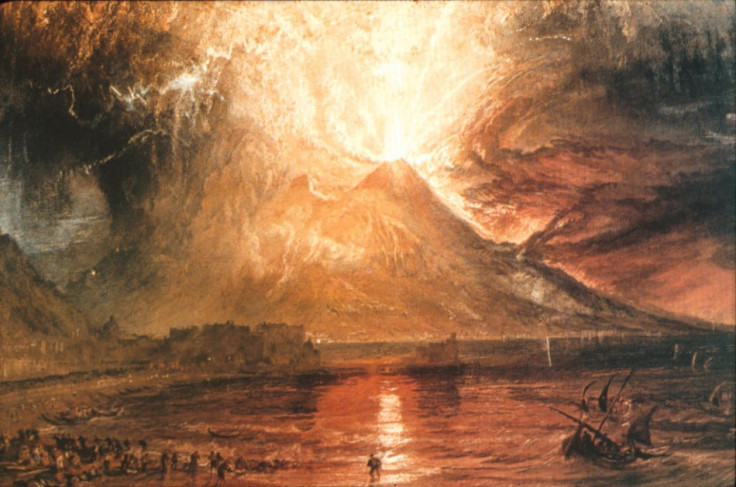'Extinct' volcano near Rome is waking up and entering a new eruptive cycle
Geologists say Colli Albani has potential to unleash an eruption as big as Mount Vesuvius.

A volcano near Rome thought to be extinct appears to be waking up and entering a new eruptive cycle, geologists have said. While Colli Albani is not expected to erupt for at least another 1,000 years, when it does it could be as destructive as Mount Vesuvius, which destroyed the ancient city of Pompeii in 79 DA.
The team, led by Fabrizio Marra, from the National Institute of Geophysics and Volcanology in Rome, analysed the risk of an eruption posed by the volcano after noticing the land around the volcano had been rising over recent years. This indicates there has been an injection of magma "within the youngest plumbing system" of the volcano – suggesting the volcano is waking up after a long period of dormancy.
Colli Albani was thought to be extinct because there is no record of it ever erupting in human history. The volcano sits 19 miles from the centre of Rome, although suburbs of the city can be found right up to its base.
Publishing their findings in the journal Geophysical Research Letters, the researchers tracked the history of the volcano, finding it last erupted 36,000 years ago. They also found the volcano operates on a 31,000 cycle of dormancy and eruption – meaning it is currently overdue an eruptive period.

Since 1993, scientists have observed uplift in the region of Colli Albani of 2mm per year. In areas where volcanoes are located, this often means magma is building up beneath the surface, making the ground swell. Between 1991 and 1995, there was a swarm of earthquakes around Rome and, more recently, steam has appeared from a vent near one of Rome's airports.
The scientists worked out the dates of past eruptions from the age of rocks. They found that the eruptive cycle Colli Albani follows is due to the unusual geology of the region. Normally, magma gathers below Earth's crust and forces its way up through fractures between two pieces of land – tectonic plate boundaries. However, at Colli Albani, the land is kept pressed together by the surrounding geology, preventing the magma from rising up.
Scientists found the land keeping the magma at bay has been changing over the last 2,000 years and instead of pushing together, they are now sliding against one another. This shift causes changes to the pressure of the magma, allowing the volcano to enter an eruptive period.

The study authors assure there is no immediate risk of eruption. Instead, moderate volcanic activity may lead to the formation of a cone. An eruption is not likely for at least 1,000 years, they said. "We expect for sure some initial stages which may not be so explosive, but it may evolve in time," Marra said.
Colli Albani's eruptive history shows the volcano could unleash huge eruptions – rivalling that of Mount Vesuvius – sending hot ash and lava down its slopes at extremely high speeds. Under the right wind direction, it could have severe consequences for Rome, while towns at the base of the volcano could be devastated.
Concluding, the authors said their findings should lead to closer monitoring of the volcano: "There is a clear convergence of independent pieces of evidence suggesting the onset of a new volcanic cycle, possibly leading to eruptive unrest that may affect the area of Rome."
© Copyright IBTimes 2024. All rights reserved.






